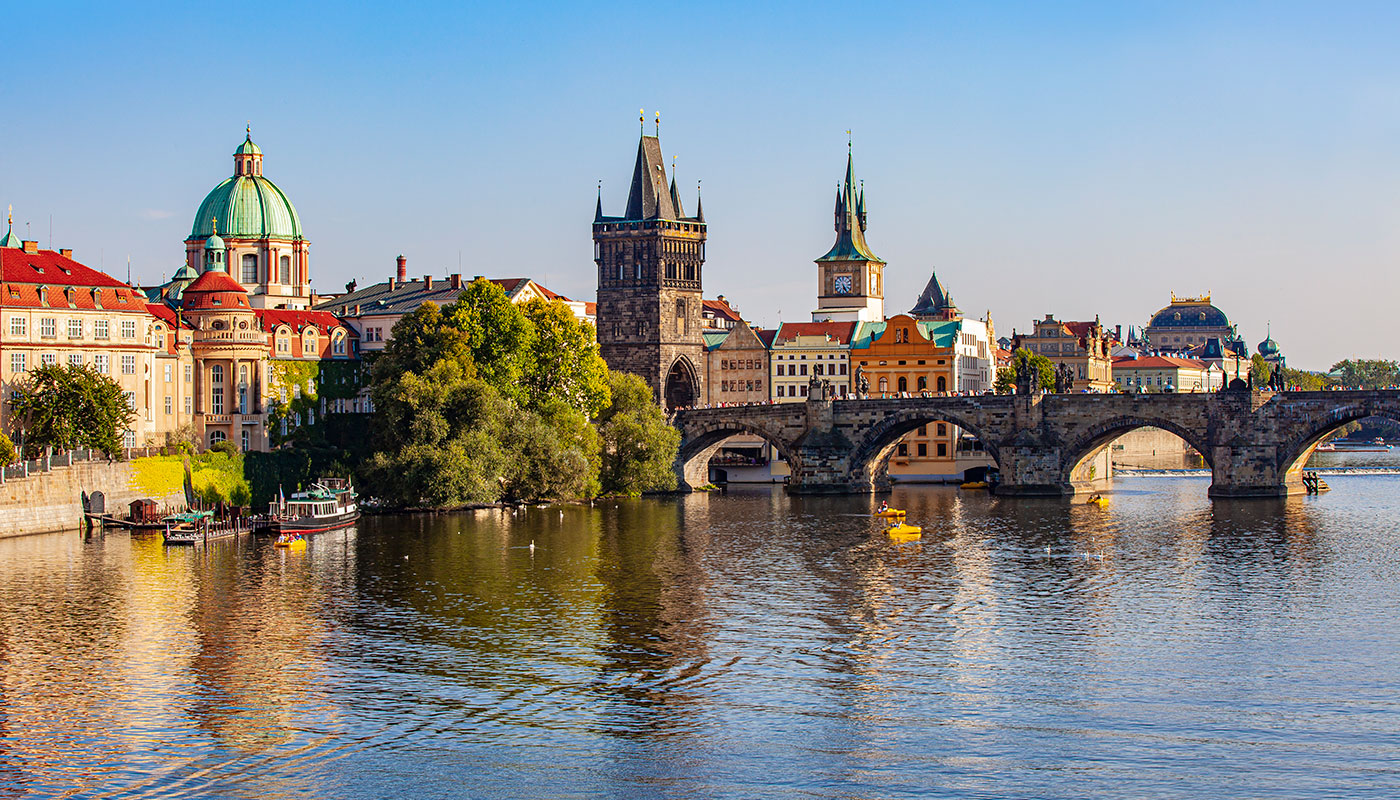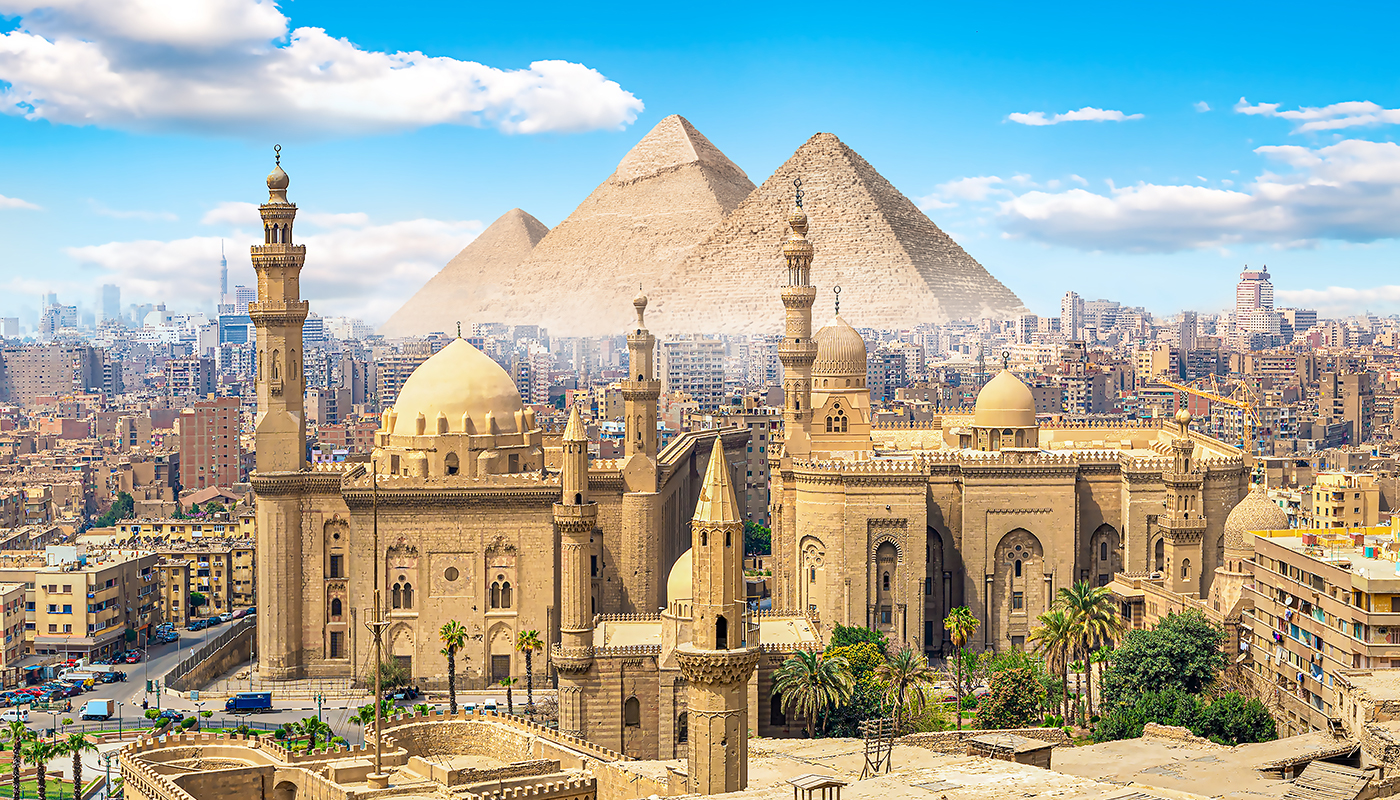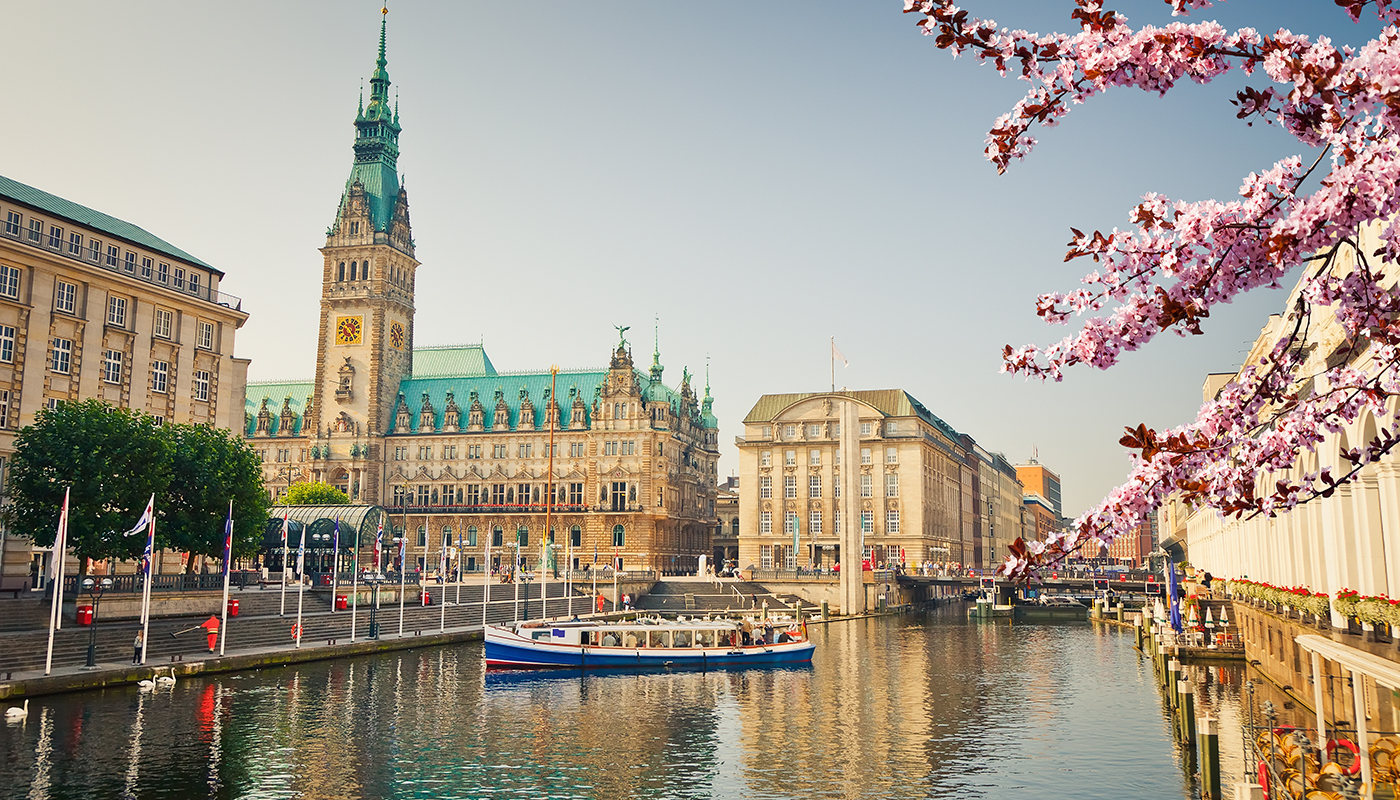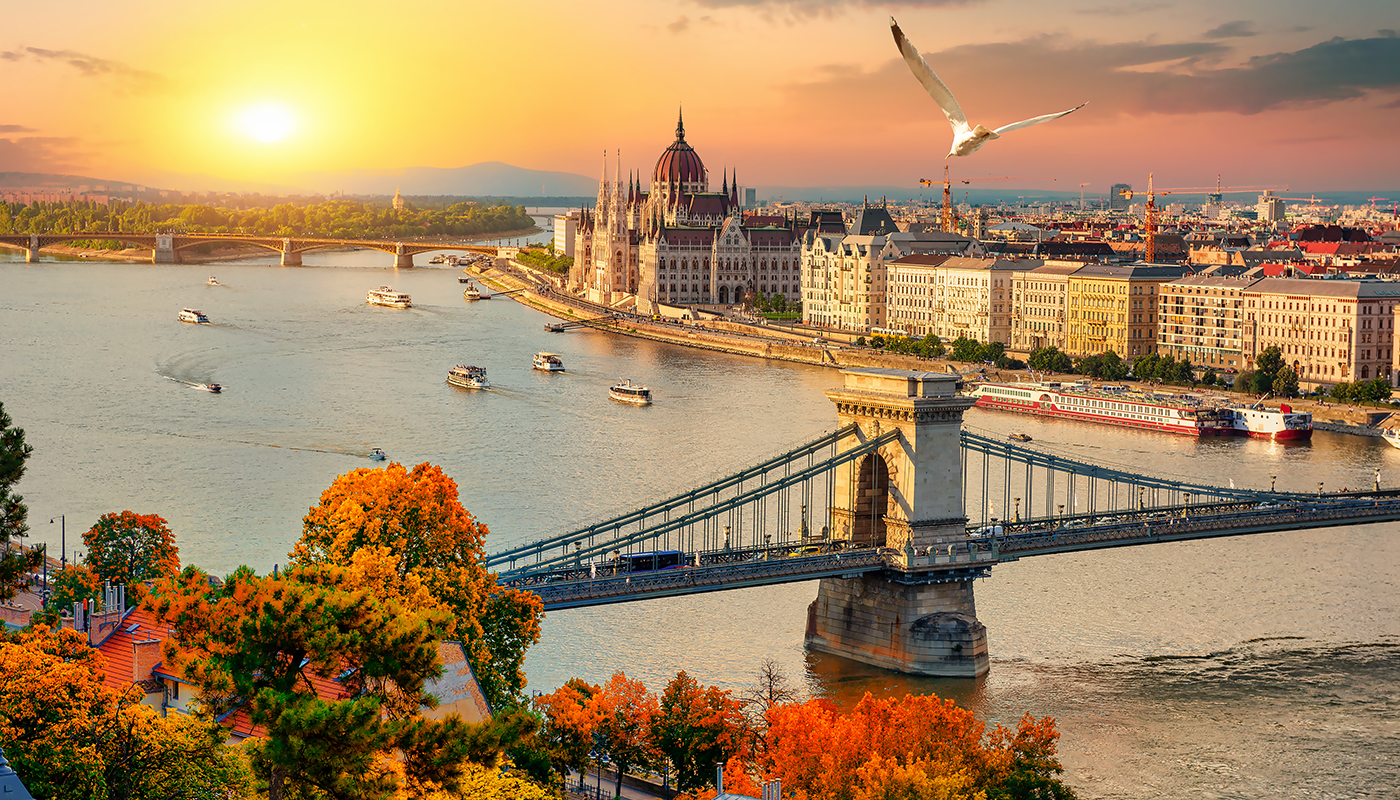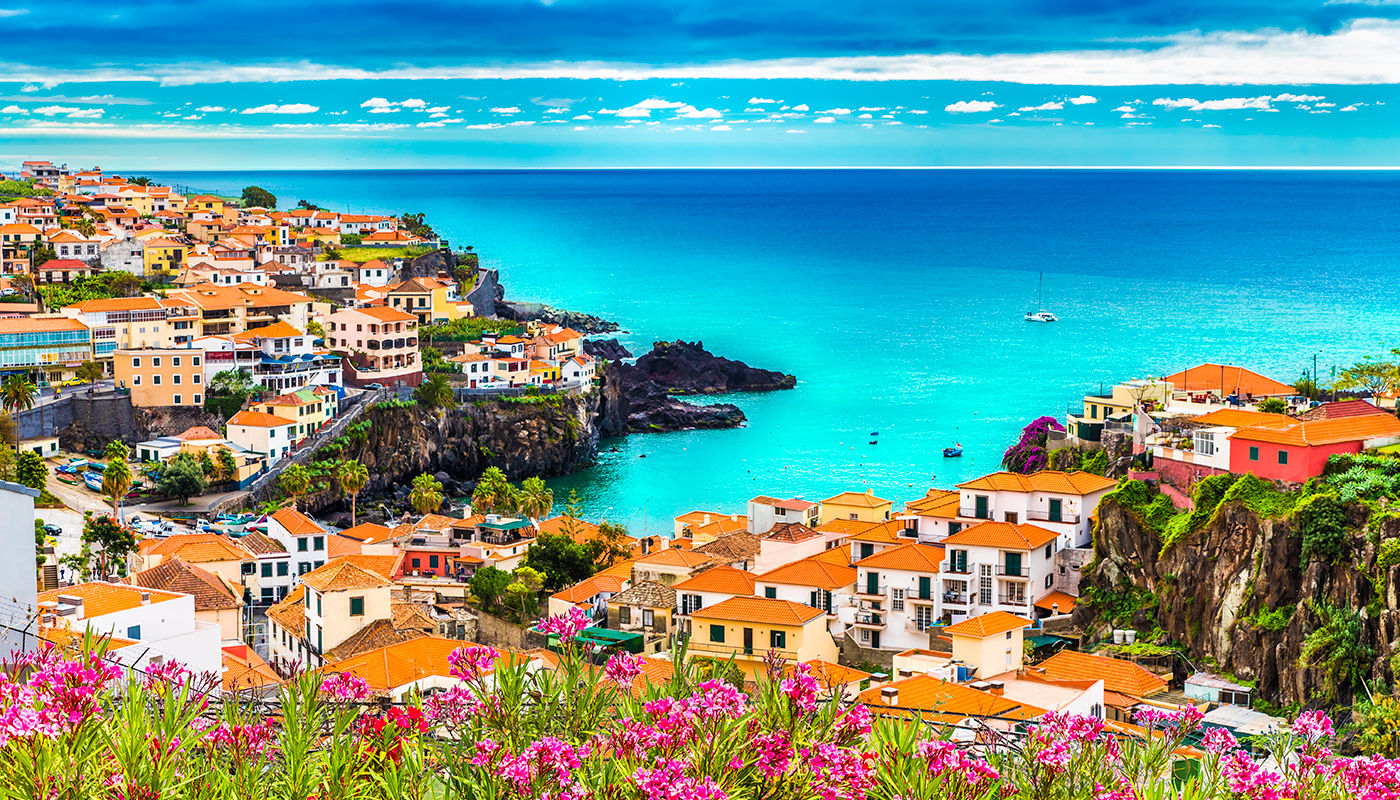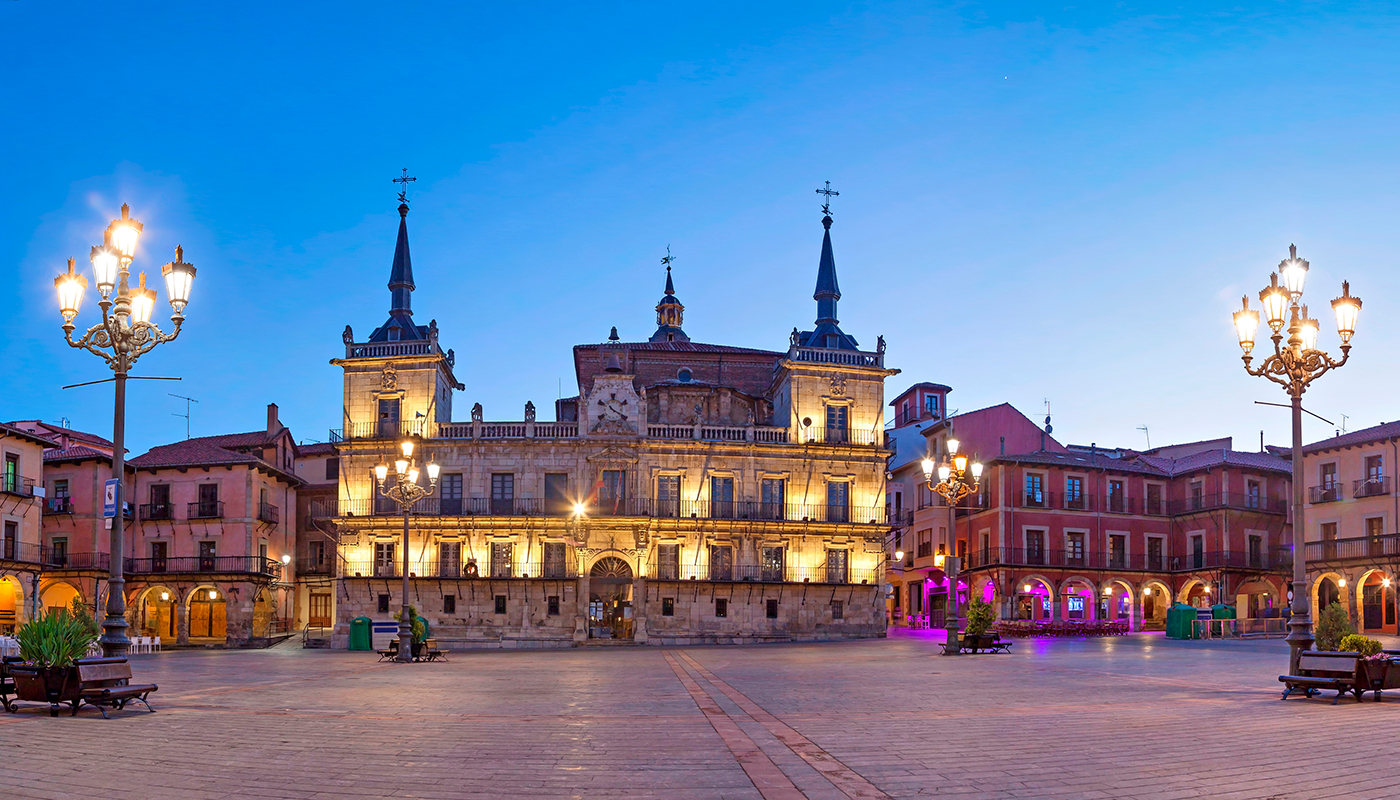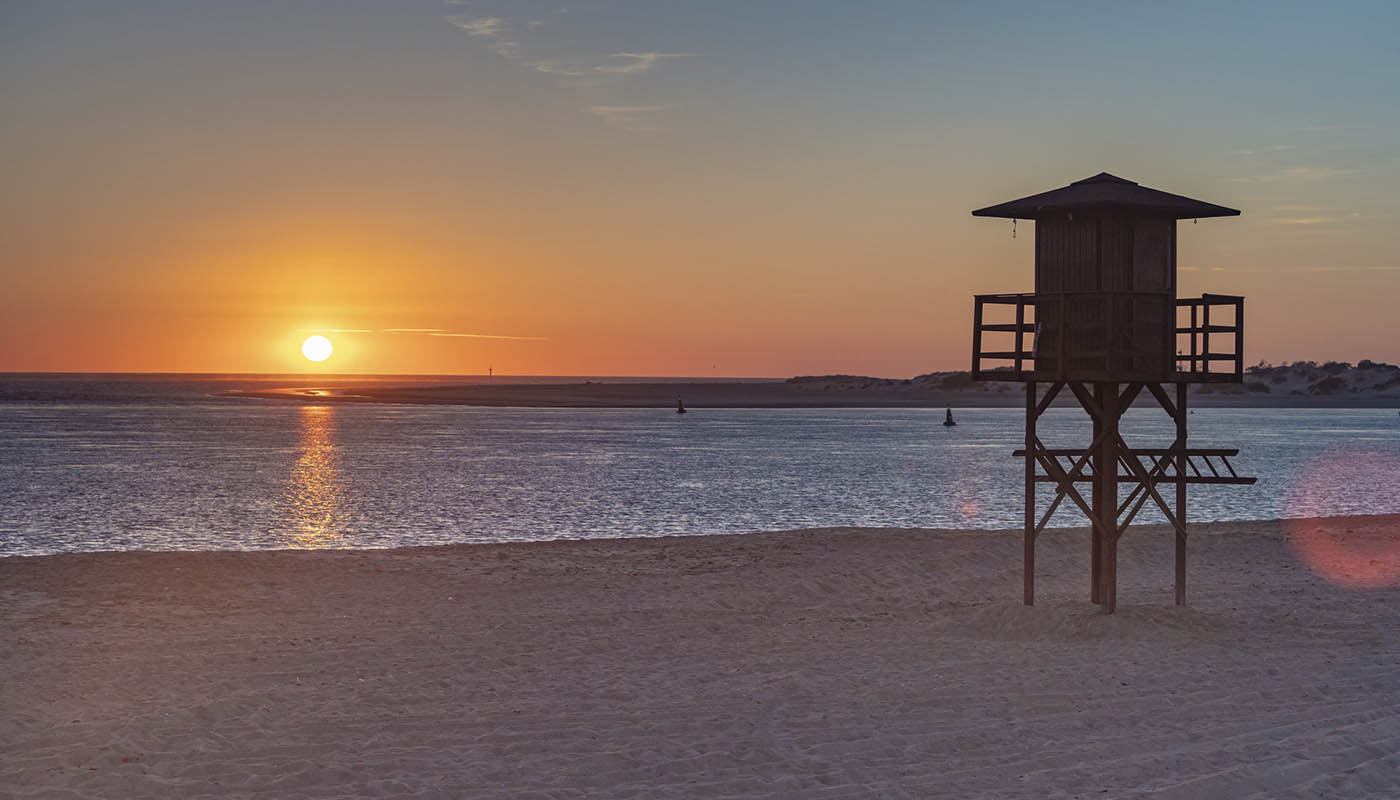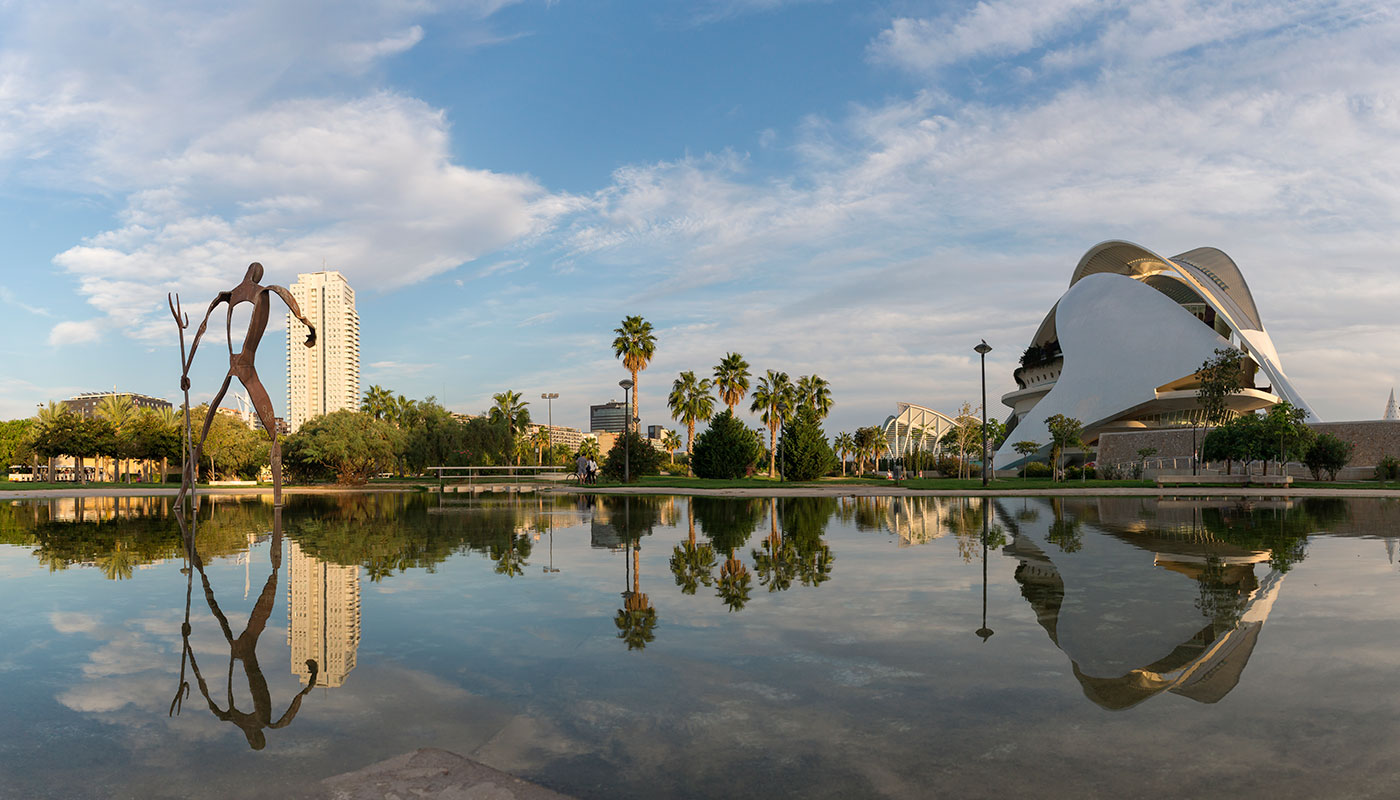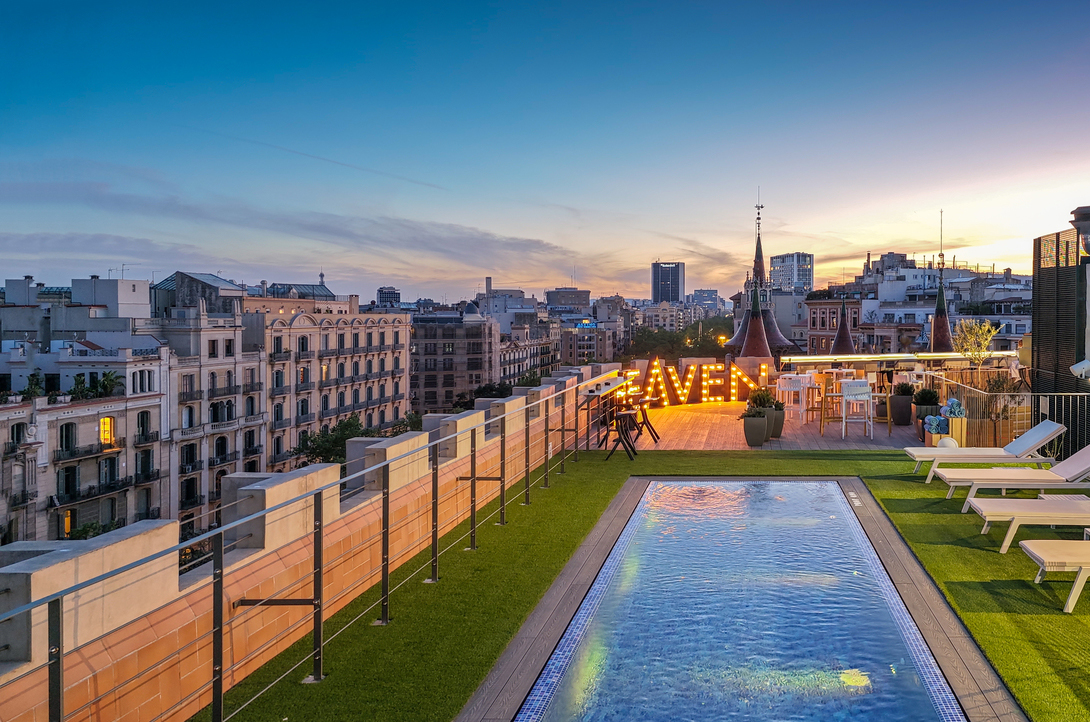Figueres, the capital of Alt Empordà, is a place that combines stunning scenery, culture and history. At the foot of the Pyrenees, surrounded by three natural parks and 15 kilometres of beaches, the cuisine on offer is a combination of the best of the sea and the mountains.
It’s no wonder that it was a place of great inspiration for Dalí, attested to by the Dalí Theatre-Museum and its location, close to the border, with a the largest defensive fortress in Europe, Sant Ferran Castle.
The land of Dalí
Figueres is the perfect place to immerse yourself in the world of Dalí and his dreamlike imagination. Starting off with a visit to his childhood home, a modernist building constructed in 1898 at number 6 Carrer Monturiol, the so-called street of the genius. The Dalí family lived on the first floor and had a notary office on the ground floor. A plaque on the wall indicates that Salvador Dalí Domènech was born there on 11 May 1904.
The best place in Figueres to learn about the artistic career of Salvador Dalí is the Dalí Theatre-Museum, which, since 1974, has exhibited a wide range of works by the master of surrealism. Under the domed roof of the theatre is where he chose to be buried. Among the works that you can see are Port Alguer, The Spectre of Sex-Appeal, Soft Self-Portrait with Grilled Bacon, The Poetry of America/The Cosmic Athletes, Basket of Break and Galatea of the Spheres.

Dalí also created works made especially for the theatre such as the Mae West Room, the Wind Palace Gallery, the Monument to Francesc Pujols and the Rainy Cadillac. The so-called theatre is not a museum as we know it, as it was conceived and designed by the artist himself so that visitors could step inside his unique universe.
In the summer you can take a guided tour of places in the city linked to the artist. The tour begins on Plaça Gala i Salvador Dalí before passing by his childhood home, the Church of Sant Pere where he was baptised and the house at number 10 Carrer Monturiol where he set up his first painting studio and where figures such as Federico García Lorca and Luis Buñuel paid visits.
The tour also includes the Col•legi La Salle where Dalí learnt French and drawing, the Institut Ramon Muntaner, where he was part of the editorial team of the magazine Studium, and the municipal school on Carrer dels Tints where Dalí took drawing classes under professor Núñez. It also takes in the Rambla where the café in which he wrote Un Chien Andalou, together with Buñuel, is situated, as well as Sala Edison where he made his first forays into the seventh art. Snapshots of history right at your fingertips.
Sant Ferran Castle: the largest defensive structure in Europe
Followed by the Forte de Gracia in Elvas (Portugal), the castle is the largest fortress in Europe. Both star-shaped defensive structures follow the Flemish school. The Figueres fortress looks towards the Pyrenees border and was proposed by the Marquis of La Ensenada after the Peace of the Pyrenees was signed in 1659. From the castle there are magnificent views of the eastern side of the Pyrenees and the Bay of Roses.

The fortress is composed of two enclosures occupying 550,000 m2. The interior enclosure consists of six bastions with stables for 500 horses and their riders and storehouses to house provisions for 10,000 people. In the middle of the castle is the parade ground surrounded by the leaders’ pavilions and the chapel.
A fundamental element of these types of fortifications is guaranteeing water supplies. Thus, there are four large tanks under the parade ground with a capacity of nine million litres of water. Another interesting feature are the kitchens and bakeries for feeding the troops located in the southern part of the fortress.
To make the fortress inaccessible, the outer area is separated from the first rampart by a deep moat. To get better insight into these types of fortresses and all the technology that was applied to them, we recommend taking a guided tour through the interior that lasts around one hour.
Another more adventurous tour is that known as the Cathedral of Water, which consists of a guided tour through the fortress’ moat in a 4×4 vehicle, lasting an hour and a half. You’ll be able to see the subterranean galleries and sail through the cisterns in inflatable speed boats.
Other museums in Figueres
In addition to the Dalí museum, Figueres boasts other original options.
- The Toy Museum: Situated on the Rambla de Figueres is this fascinating museum, whose symbol is a wooden spinning top. It houses an assortment of toys from the late nineteenth century to the present day including zoetropes, Meccano, cardboard horses and animals, among others. Especially notable are the toys made from tinplate manufactured in Barcelona during the Interwar period, model railways and pepas, traditional Catalan dolls made from card. Some of the toys on display even belonged to Dalí, Lorca and Joan Miró. The museum has an auditorium and an open-air activities space, the Open Room, on the rooftop where kids can play and take part in the activities programmed throughout the year. Check opening hours and rates on its website.
- Technical Museum: By means of typewriters, sewing machines, clocks, telephones, vehicles and other mechanisms you’ll be able to trace the industrial revolution and the changes that it represented throughout the nineteenth and twentieth centuries. The museum run by the Fundació Privada Pere Padrosa, which in 30 years has managed to create one of the largest exhibited collections of mechanical objects. Check the museum website for opening hours and rates.
- Museum of Electricity: Housing over 500 pieces from the Fundació Endesa de Figueres, including measurement instruments, tools and machinery forming part of the electrification history of Catalonia. A place where you can learn about how electricity transformed the way people lived, worked and communicated.
- L’Empordà Museum: A museum with a permanent exhibition of archaeology, medieval sculpture, painting and sculpture from the nineteenth and twentieth centuries and Empordà art. One of the largest art collections in the region formed by long-term loans from the Museo del Prado and donations from distinguished people hailing from the region. Check opening hours before visiting.








